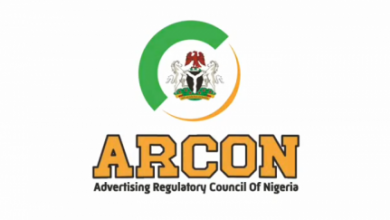Consumer Tips: How to secure your online banking

By Adeola Atanda
In light of the ‘attempted’ breach of the GTB website, Cornet News brings you a consumer advisory. To begin with, online banking is a great innovation and a faster, more convenient way to access banking services. It however comes with its downsides, and the truth is that every consumer of online banking services is at daily risk of a possible cyber attack.
This is because cybercriminals move along with technological innovations and are quick to exploit the slightest system vulnerability.
Here are steps you need to take to secure your online banking activities.
- Choose strong and unique passwords.
- Enable two-factor authentication.
- Steer clear of public Wi-Fi.
- Sign up for banking alerts.
- Be wary of phishing scams.
Common mistakes to avoid when creating a password
Your password can give you away to cybercriminals. How, you ask? See below:
- Using personal information, such as your name, address, or date of birth makes you an easy prey.
- Choosing shorter passwords is not safer either.
- Relying on common words or simple number combinations is easily traceable.
- Using the same password for multiple logins helps the hacker get at you without breaking a sweat.
- Not updating passwords regularly puts you in the firing range of a cybercriminal.
To avoid the foregoing, do the following:
- Choose a strong and unique password.
- Choose longer passwords, preferably a phrase instead of a single word.
- Use a mix of upper and lowercase letters.
- Include numbers and special characters.
- Avoid common sequences, such as “1234”.
- Avoid using personal information such as your name, pets’ names, date of birth, etc.
- Don’t store your login details in your online banking or mobile app.
- Update your online banking passwords regularly. Change them every three to six months, even within a shorter period.
- If you are struggling with keeping multiple passwords, use a password manager.
3. Enable two-factor authentication.
Two-factor or multifactor authentication makes compromising your bank account less likely. This is the reason: opting for this protection measure subjects you to multiple security verifications. A bank customer using two-factor authentication may have to enter a special code, verify their account through an automated phone call, use biometric verification, or identify an image. Even if an identity thief steals your password, it is difficult for them to unlock your account.
4. Steer clear of public Wi-Fi.
What is public is public! Chances are that such a public internet might lack trusted connections, thereby, in some instances, making it possible for hackers to monitor your online banking activity remotely. In addition to this, public wi-fi is a likely means of courting malware and spyware. However, if you must use public wi-fi, disable public file sharing.
4. Sign up for banking alerts.
Banking alerts notify you when certain actions occur.
5. Be cautious of phishing scams.
Cybercriminals can use phishing to gain access to your information. This is why you should not click on suspicious links, emails, or open up a text scam. In many cases, scammers clone bank websites and customer touchpoints to send instructions.




